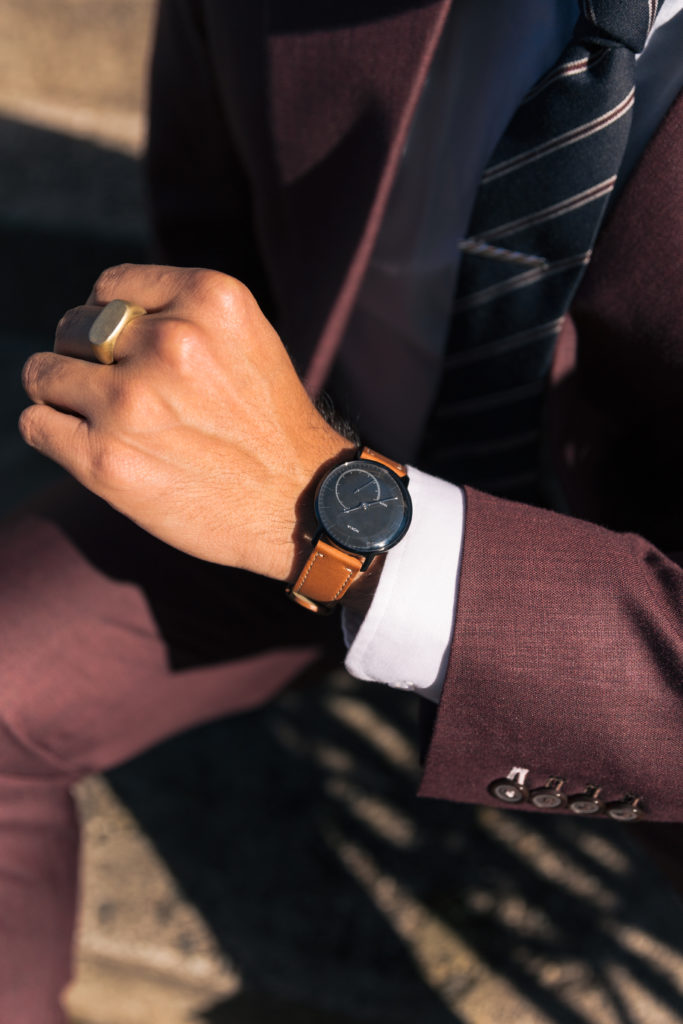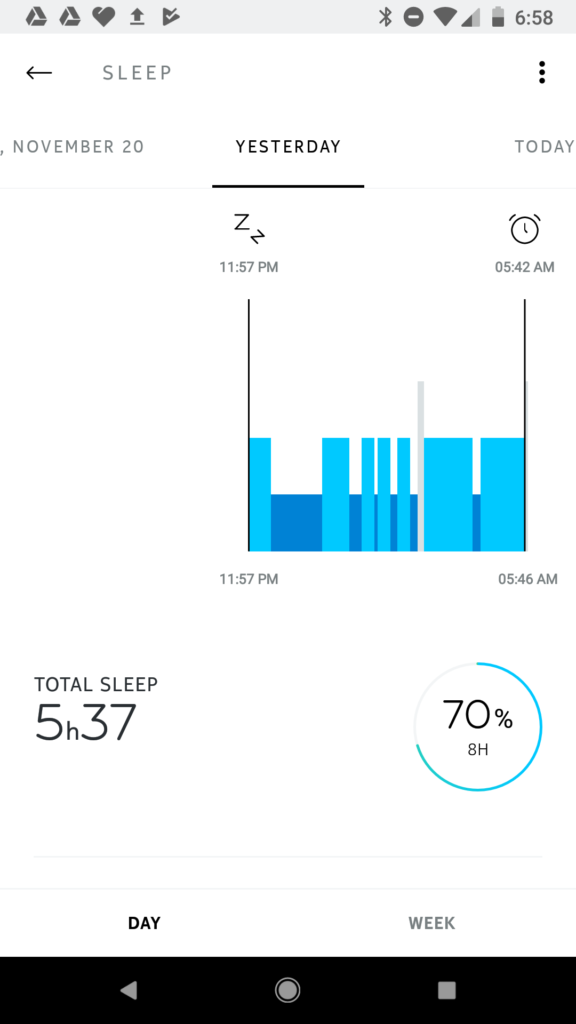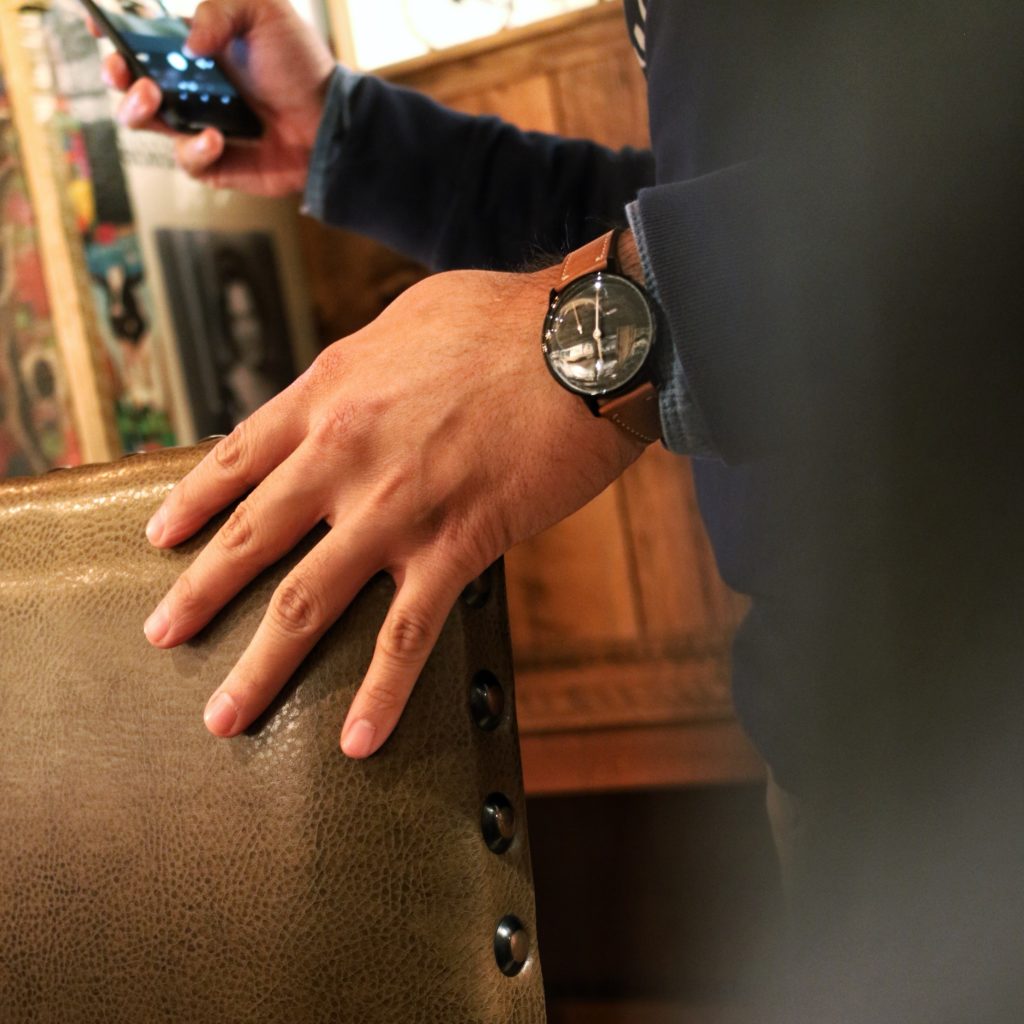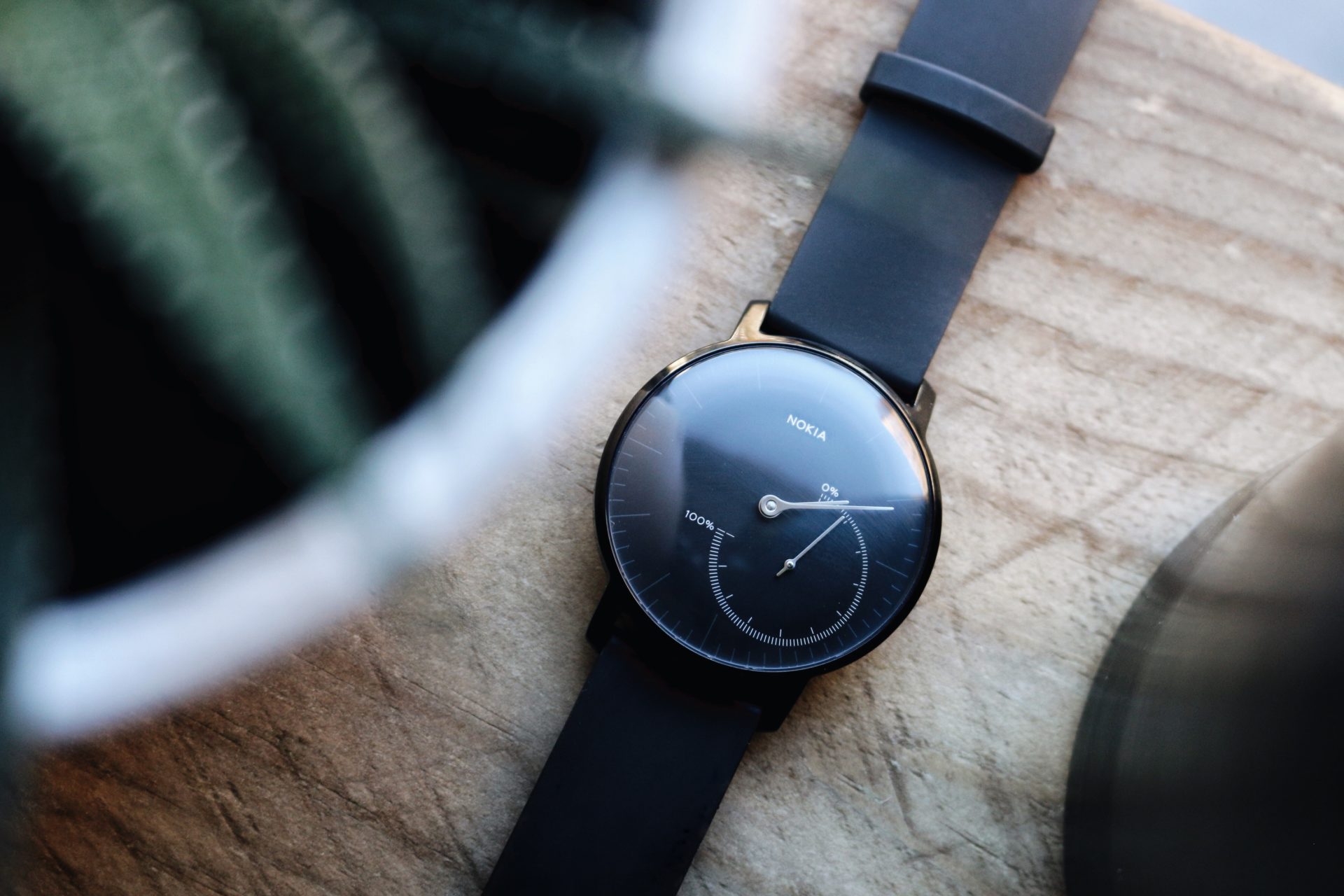From wearables to nifty smartphone apps, the use of sleep trackers are becoming increasingly popular.
Nokia no longer makes this watch and the brand is now a part of Withings.
I was recently given the chance to checkout the Nokia Steel, a fitness tracker with style. While keeping a minimalistic design, it can track your steps, exercise, and your sleep. Today we will be concentrating on how to use the information on a sleep tracker, like the Nokia Steel, for a healthier lifestyle!
The information these gizmos collect is fascinating, anything from when you fall asleep, when you wake, your heartbeat, whether you sleep talk, when you are most likely dreaming.
Some even track your breathing patterns and could play a role in helping to identify potentially dangerous sleep disorders.
But say you have one of these gadgets yourself and you have been diligently tracking your sleep for the last month, what do you then do with the mounds of data you have collected?
Below we describe the best way to make use of the information on a sleep tracker…
 Photography by Mark David
Photography by Mark David
1. IDENTIFY PATTERNS AND DEVELOP A HYPOTHESIS
Unless you are a Nicholas Felton-style lifelogger who is collecting data purely for the joy of having it, you are likely collecting data on your sleep for a reason.
Presumably you believe you are either not getting enough sleep or the sleep you are getting is broken or poor quality.
Studying the data produced by your sleep tracker will soon be able to tell you if you sleeping badly. Whether you are getting close to the recommended eight hours a night and how much of it is the rejuvenating deep REM sleep versus the less useful light sleep.

Nokia Health Mate App
The data will also be able to tell if you wake at a similar time each night or if some nights you sleep at lot worse than others.
Compare the data and you should be able to start identifying some recurring patterns. Once you have found a pattern then you can start to develop some hypotheses.
2. USE YOUR DATA IN TANDEM WITH OTHER APPS
Your sleep tracker may record a whole heap of interesting information but your sleep data, like all data is pretty hard to work with unless you have other data points to compare it against.

In order to really prove any theories you may have about why you are not sleeping well, you should ideally be collecting information on the following three of four variables:
Your diet – what you eat can have a huge effect on how well you sleep. So one of the most useful variables to compare your sleep tracker data against is what you’ve consumed. Tracking caffeine and alcohol intake are particularly useful. There are countless diet tracker apps on the market to help you.
You screen time – electronic screens, whether there are attached to your smartphone or tv all emit blue light which is known to have an impact on sleep patterns. Use a screen time app to track how much time you spend in front of a screen daily and then compare that against your sleep tracker data.
Your exercise – do days you have hit the gym make you more or less likely to sleep well? Does it have an impact if you cycle home from work or take the train? Does doing your daily workout in the morning or evening make a difference? These are all questions you will be able to answer if you use an exercise tracker in tandem with your sleep tracker.
Your sleep environment – while it can be hard to really know exactly what is happening around you while you are asleep, a number of apps do exist that can help you hear what is going on. They are designed to start recording if any unusual noises are detached. This will often just be you snoring or sleep talking but some of the more powerful apps can detect sirens, alarms, banging doors etc.
3. TEST YOUR HYPOTHESIS
When you have started to compare your sleep tracker data against the data from your other apps you may once again be able to identify patterns.
Say for instance each Tuesday you go for a jog in the evening and every Tuesday you sleep really badly. But on Thursday you jog before work and always sleep like a baby that night.

You can now test this theory by going jogging Tuesday morning instead and using your sleep tracker data to see if this has an impact on that night’s sleep. If nothing changes then the cause is likely something else. So go back to your data.
Think like a scientist would. Test and repeat.
FINAL THOUGHTS
While home sleep trackers are still not sophisticated enough to compete with the technology used by the boffins at a dedicated sleep-lab – the insight these handy gadgets can give is still potentially very useful. When used correctly.
Follow the three steps we have outline above and chances are buried in that mound of sleep tracking data you have been collecting is the answer to your sleeping nightmares.
You can find the Nokia Steel for $129.95 at Nokia.

–
Thanks for reading, y’all stay dandy. 😎
(Some of these links contain affiliate links, so that means if you click and buy something, I get a cut. It helps keep the site going! Full Disclosure)
–
